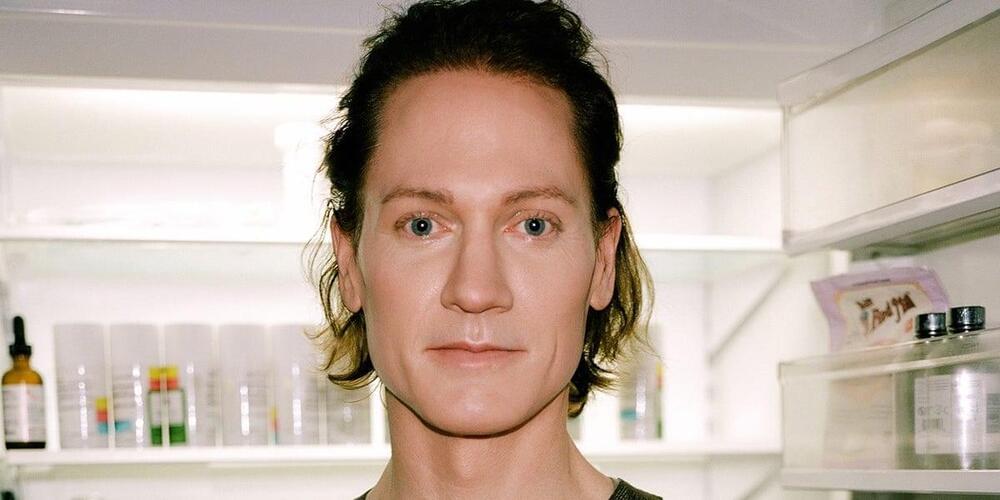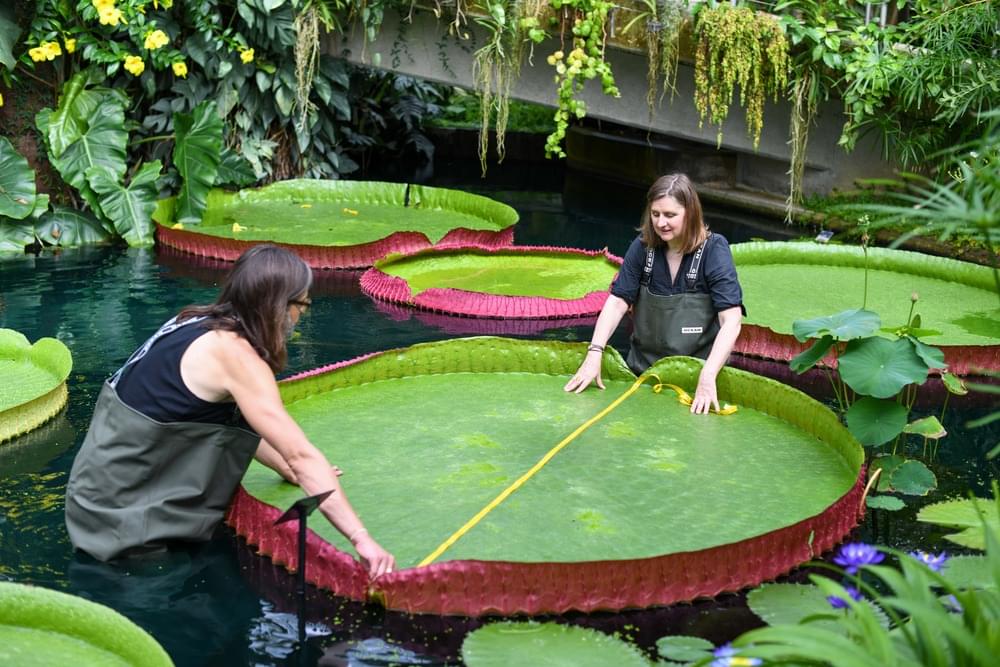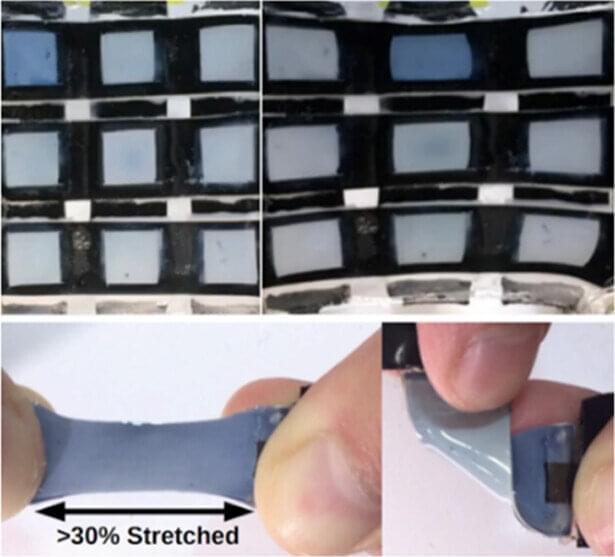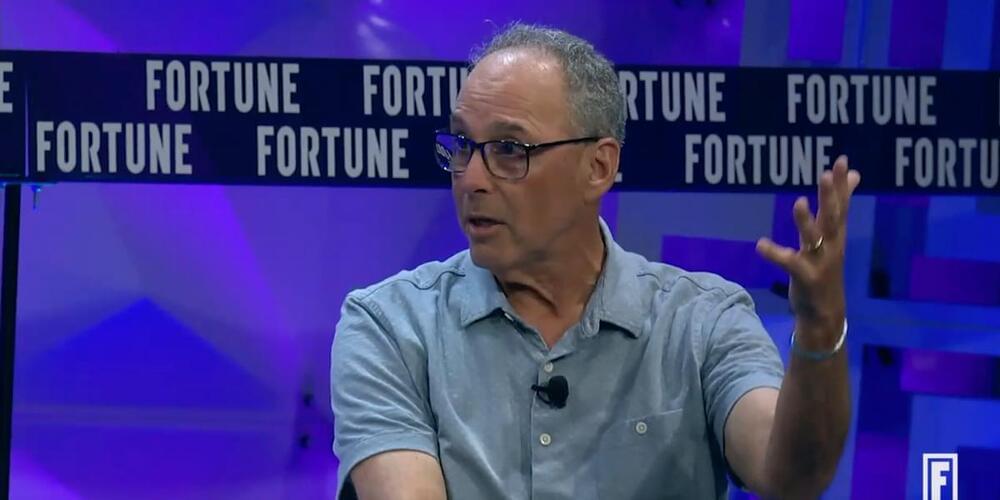Bryan Johnson got blood plasma from his 17-year-old son as part of his effort to age backward but has concluded there were “no benefits detected.”
A recent paper published in Nature Aging by researchers from Integrated Biosciences, a biotechnology company combining synthetic biology and machine learning.
Machine learning is a subset of artificial intelligence (AI) that deals with the development of algorithms and statistical models that enable computers to learn from data and make predictions or decisions without being explicitly programmed to do so. Machine learning is used to identify patterns in data, classify data into different categories, or make predictions about future events. It can be categorized into three main types of learning: supervised, unsupervised and reinforcement learning.
Ark Invest, which is led by CEO Cathie Wood, has been pouring money into semiconductor stocks lately and has made another notable purchase. According to portfolio updates published by the firm yesterday, Wood’s company has increased its investment in Quantum-Si (QSI-6.20%) — a small-cap biotech with a specialized, chip-based platform for protein sequencing.
Ark Invest regularly publishes information about stocks that have been bought and sold for its exchange-traded funds (ETFs), and a recent update showed it purchased more than 1.4 million shares of Quantum-Si stock for its Ark Genomic Revolution ETF (ARKG-1.84%) on Thursday. The purchase would have been valued at roughly $3.7 million based on the stock’s price at market close yesterday, and is the largest investment that Ark has made in the healthcare-tech upstart’s stock so far.
So the question is: Why is Wood excited about this little-known life sciences player?
For three days, artificial intelligence planned my days, gave me (limited) advice and even took a stab at writing this article. Now I’m left wondering: What did it get out of our arrangement?
Scientists have achieved a major breakthrough in combating ageing and age-related diseases. The study by the researchers from Harvard Medical School and Massachusetts Institute of Technology was published in the journal Aging-US.
Humanity’s attempt to prevent ageing: What is the breakthrough?
The researchers have introduced a chemical method through a ‘single pill’ to reprogram body cells, following which the cells effectively return to a younger state.
The study says that the respiratory airway secretory (RAS) cells are found in tiny branching passages known as bronchioles.
Whether dry or chesty, coughing fits are customary when flu or the common cold is involved. But what causes us to cough? We investigate.
Imagine a wearable patch that tracks your vital signs through changes in the color display, or shipping labels that light up to indicate changes in temperature or sterility of food items.
These are among the potential uses for a new flexible display created by UBC researchers and announced recently in ACS Applied Materials & Interfaces.
“This device is capable of fast, realtime and reversible color change,” says researcher Claire Preston, who developed the device as part of her master’s in electrical and computer engineering at UBC. “It can stretch up to 30 percent without losing performance. It uses a color-changing technology that can be used for visual monitoring. And it is relatively cheap to manufacture.”
“The reason I was invited on is I’m the poster child for getting your ass kicked in the public markets by A.I. since I lost 40% of value in five minutes,” Rosensweig said. “So for those of you who didn’t want to take that, I took it for you,” Rosensweig said with apparent sarcasm. “My pleasure.”
Chegg’s new A.I. tool, called CheggMate, will be a personal learning assistant for students that creates bespoke lesson plans. Trained on a set of 100 million correct answers to 17 million new questions posed by students each year over the past decade, the A.I. will create a tailored learning experience for students, taking into account their learning style, the date of their exam or deadline, and even how they’re feeling that day, among other factors. It will also connect students to remote study groups and help them find job opportunities.
“Just imagine the following scenario,” Rosensweig said, “you start to have a conversation with somebody that knows you, knows how you’re feeling that day, knows what you’re studying, knows when your midterm is, knows what you’re good at, what you’re bad at, builds you a personalized plan, advocates for you.”








